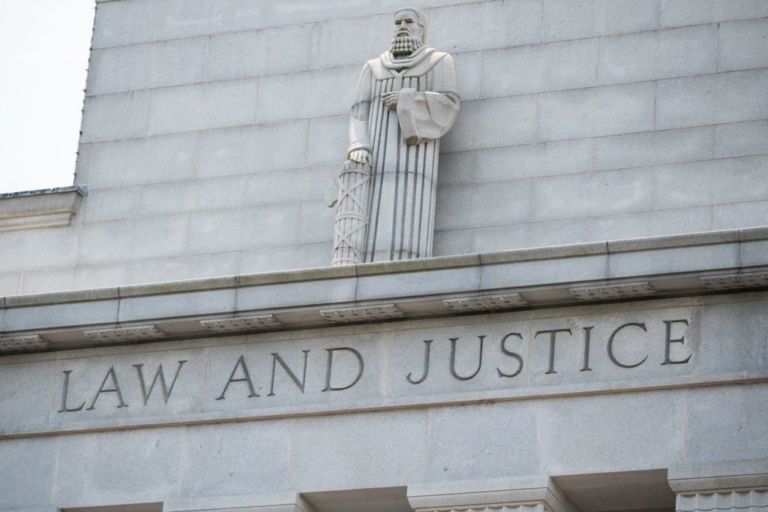We’ve heard the criticism of North Carolina’s elected leaders based on their decision not to expand the state’s Medicaid program. Washington Post economics columnist Robert Samuelson has heard the criticism, too, and offers a response.
The White House recently put out a 40-page report arguing that the 24?states that have not expanded Medicaid coverage under the Affordable Care Act (ACA or “Obamacare”) are hurting their poor and themselves. It’s an easy case to make, but it’s incomplete and misleading. The further truth is that Medicaid also threatens to crowd out spending for many traditional state and local functions: schools, police, roads, libraries and more.
Indeed, this has been happening for decades. From 1989 to 2013, the share of states’ general funds devoted to Medicaid has risen from 9 percent to 19 percent, reports the National Association of State Budget Officers. Under present law, the squeeze will worsen. The White House report doesn’t discuss this. The paradox is that a progressive program also has unprogressive consequences. …
… [T]wo aspects of the White House report suggest opposition to the Medicaid expansion isn’t just rabid partisanship.
One is the assumption that the 90?percent reimbursement rate remains permanently. Why should it? To curb budget deficits, Congress might cut it. “The ACA says what it says. Future Congresses can repeal or modify it,” says Matt Salo of the National Association of Medicaid Directors. Could the favorable reimbursement be bait-and-switch? States’ actual costs could be higher than assumed. Why make a bad problem worse?
Even if this doesn’t happen, demographic trends — also ignored by the White House report — are devastating for states. Medicaid’s cost structure is peculiar. Children and adults under 65 represent three-quarters of beneficiaries but only one-third of costs. The quarter who are aged and disabled represent two-thirds of costs. They are especially sickly and poor. More than 60 percent of nursing home residents have Medicaid.
What this means is that, as the population ages, states’ Medicaid spending will rise inexorably. The competition between nursing homes and home health care — on the one hand — and classroom teachers, higher education, police and other governmental services — on the other — will intensify. Medicaid becomes a vise squeezing other public services or requiring continuous tax increases. More spending goes toward meeting past obligations and not present and future needs. Underfunded state and local pensions compound the effect. States and localities acquire a backward-looking bias.


